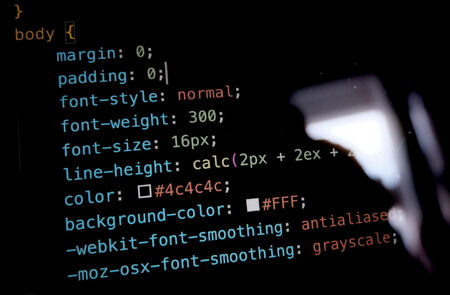
If you want to improve the results of your email marketing campaigns, you first need to understand how they’re performing. Open rate and click rate are two important metrics that help you understand how well your emails are working and how engaged your audience is.

You’ve got a business idea, product launch, or important news, and you’re bursting with enthusiasm, and want to share it with the world.

A healthy email list is important to ensure that you can contact a range of clients and drive success in your business. If you are already using Simplelists for email marketing, this won’t come as a surprise. If you are just starting a business, developing a list of contacts or ‘members’ can be challenging, especially when your customers are receiving other marketing messages in their inbox and becoming more sensitive to spam. Nevertheless, there are some effective ways to build a list of relevant members who will want to receive your emails.